Today
I left before the extreme Spanish heat picked up, and might dissuade me from
birding. I spent the morning with local guide Mick Richardson of Granada Wildlife, an
expert on all things natural history, whether it be the birds, the bees, or dragonflies
or butterflies for that matter. Armed with his intimate knowledge of the area,
but both well aware that we were out at arguably the worst time of year, we set
about seeing what we could see. That might sound like there was no definite
plan, but that was not the case. Mick knew that I had not seen many classic
Spanish birds in many a year, and so had a plan hatched in his head for putting
that record straight. We headed for the Cacin
Valley, an area that I had never birded before, but is a favourite stomping
ground of Mick’s, being near his home, close to the town of Loja in the province
of Granada, (within the region of Andalucia).
The
morning kicked off nicely with a butch Calandra
Lark hiding in an agricultural field, and with the first of several Hoopoes foraging along the track,
inevitably taking off all too soon, and bounding away on broad, black-and-white
wings, flicking their crests up with nervous energy on landing. However, Mick was
hoping for more. His eyes were fixed on the surrounding stubble fields, where
he hoped to find a very special quarry indeed. The first few fields drew a
blank, before we both locked onto some suspicious, sandy-looking shapes in a more distant field. Manoeuvring the car closer, we soon confirmed our suspicions; a party of three Black-bellied Sandgrouse was hunkered
down in the field. This was the scarce target that Mick had been hoping for,
and I was equally pleased to see them. Many other species that I had not seen
for way too long followed, like Southern
Grey and Woodchat Shrikes; a Peregrine
powered over clutching a large prey item (Turtle
Dove?) in its talons; a female Black-eared
Wheatear flitted from field to field; both Crested and Thekla Larks provided the ID conundrum of the morning;
and a pair of Little Owls standing
sentry like Meerkats did their best
impression of the American Burrowing Owl
in doing so. In between all this bird fare we even had time for the odd insect, with this Bath White perched beside us. We continued to search fields, which paid off when Mick spied a
distant Little Bustard beyond the
almond groves, which morphed into three bustards on closer inspection. One of the wonderfully surprising things of birding in this area was the abundance of Turtle Doves, which recent reports have shown to have undergone a 93% decline in the UK in very recent times.
Moving on to a wooded river, we soon picked up the churring sounds of Sardinian Warblers, and watched a handful of Spotted Flycatchers hawking for insects conspicuously on the wing. A migrant, female-type Pied Flycatcher was far less conspicuous, preferring the shady cover of the trees, rather than landing on the open perches. European Bee-eaters were out in force-never a bad thing-with one flock holding 40+ birds, and seemed to adorn every available wire. Moving on to “Raptor Road” as Mick called it, it quickly lived up to the billing (which I understand is even better during winter), which produced flights of Booted Eagles, Montagu’s Harrier and several Short-toed Eagles to justify its nickname, even in the supposed slow raptor season.
It had been a fruitful morning, and I look forward to birding with Mick, in his Spanish backyard, again someday!







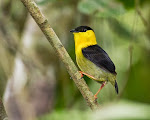
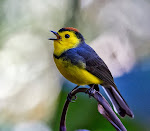
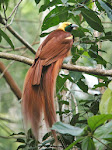







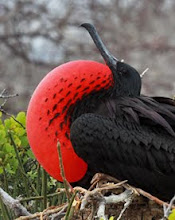
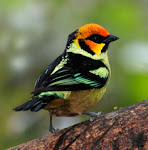
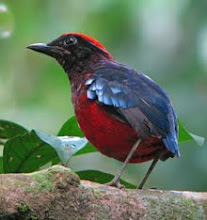

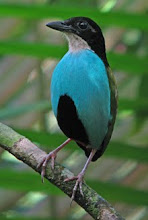
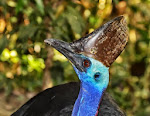
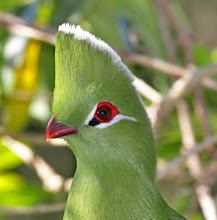
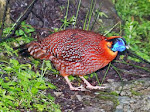

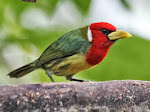
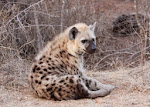
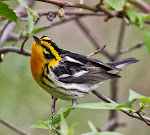

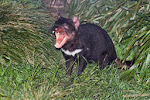
No comments:
Post a Comment